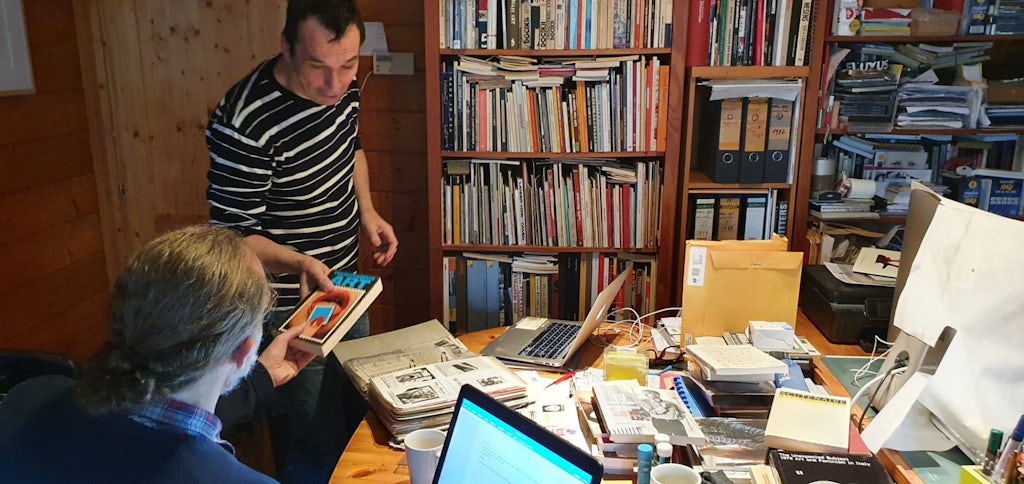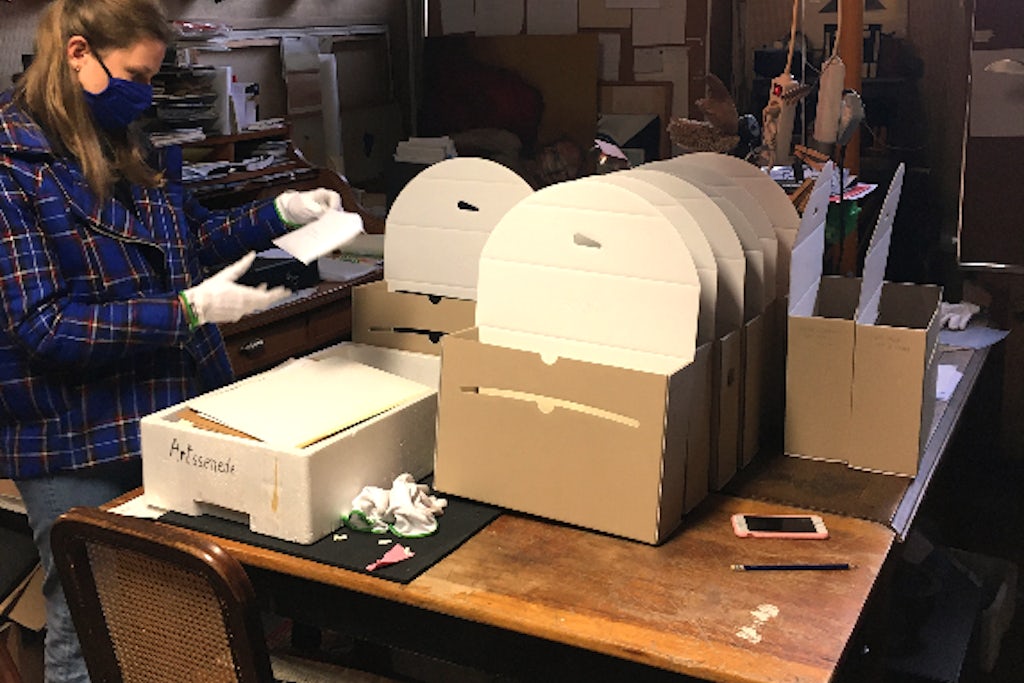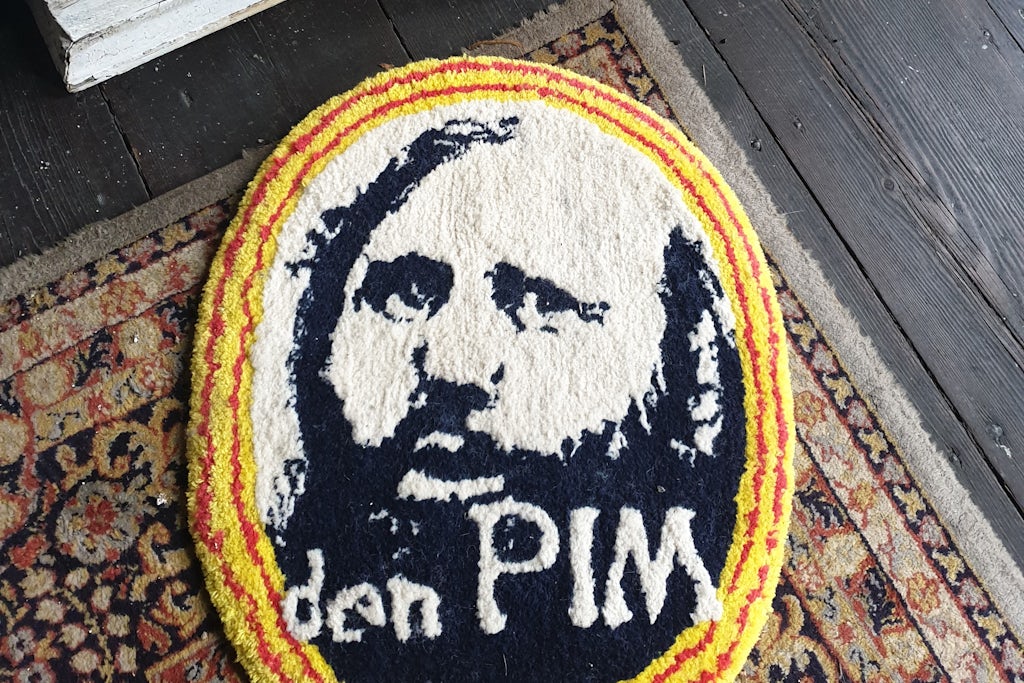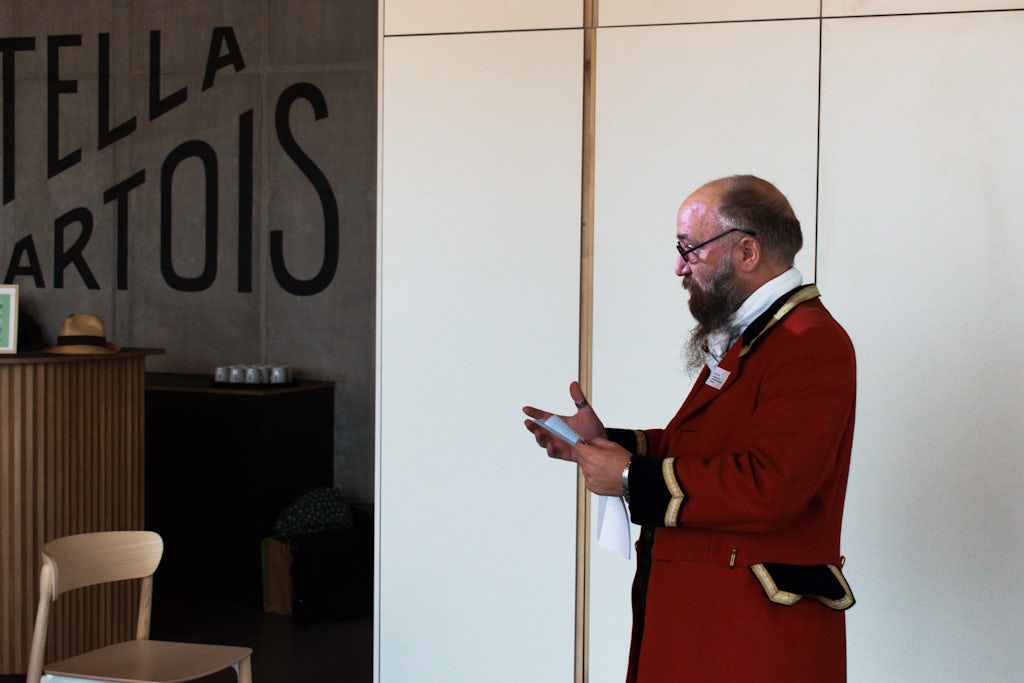THE ARCHIVE AS A NETWORK
Luc Fierens (b. 1961) describes himself as a networked collagist and visual poet-provocateur. His work is a product of the Poesia Visiva, Mail Art and Fluxus movements.
The notebooks in Luc Fierens’ archive are evidence of the quest he embarked on at an early age to unite image and word, to tell new stories. He finds his inspiration in Brussels art life or when visiting exhibitions. In 1982, as a young man in his twenties, Fierens decided to publish his own magazine in collaboration with partners Tania Verhasselt and Eric Haesen. And so Parallel. International Creative Magazine was born. It wasn’t until 1984 that the magazine would actually gain international acclaim. That was when Luc Fierens and his two colleagues met and got to know the editors of other magazines at Le Monde Festival in Paris. This was where Luc Fierens met Sarenco for the first time and was introduced to his famous magazine, Lotta Poetica. He discovered Mail Art that same year (1984) when he contributed to the Wall of Communication organised by Metallic Avau and the RTBF. Afterwards, he went on to write all of the artists who had contributed to this Wall and ended up setting up a variety of Mail Art projects with them. His first Mail Art project, Venice/Ballet, dates from 1985; gradually though, he would go on to start up a host of international Mail Art projects, to include his Hommage to Fluxus in 1987. For Luc Fierens it is the communication, not the object, that is at the heart of Mail Art.

(c)Luc Fierens - CKV, 2020
In 1987, he started a limited series of handmade books, the Postfluxpostbooklet. He collaborated with foreign artists on this project as well, including artists from the United States and Japan. At the end of the eighties, Fierens became increasingly focussed on the Poesia Vivisa movement, among others, as a participant in the São Paulo Art Biennial in Brazil, where he displayed a few of his visual poems, in collage. The emphasis of this work was on image more than it was on word. While this work may be indebted to the collage art of Surrealism and Pop Art, Luc Fierens developed a style entirely his own in the years that followed. That style focusses on the paradox between word and image, interested in deconstructing the linguistic constructions in advertising, among others, and seeking to subject mass communication to critical analysis. Starting in the early 1990s, Fierens met all kinds of correspondence artists through his work and travels, such as the American, John Held Jr, the Japanese, Shozo Shimamoto, the Russian, Serge Sagay, and the Fluxus gallerist, Emily Harvey. He was also frequently in touch with the Italian Poesia Visiva artists. His collaborations and contacts with the latter are how, as of the noughties, Luc Fierens’ work came to be frequently published in Italian anthologies, such as Visual Poetry (Skira Editore, Milan, 2014) and Visual Poetry in Europa (Imago Mundi-Fondazione Benetton, Treviso, Italy, 2016) and how he ended up having a major retrospective exhibition of his work in 2019, at the Fondazione Berardelli in Brescia, Italy, accompanied by the 205-page monograph, Punti di vista e di partenza by Margot Modonesi.

(c)CKV, 2020
His collages, visual poems and artist’s publications have been acquired by major archives, including The Ruth & Marvin Sackner Archive in Miami, Artpool Art Research Center in Budapest and Archivio Vortice in Buenos Aires; by libraries, including the Museum of Modern Art Library in New York City, the Poetry and Rare & Special Books Collections of the University at Buffalo Libraries and the Hendrik Conscience Heritage Library in Antwerp; by museums, including the Yeysk Museum in Russia, Henie Onstad Kunstsenter in Oslo, MaRT in Trento e Rovereto, Italy, Museo Magi’900 in Pieve di Cento, Italy, Karuizawa New Art Museum in Japan; and private collections, including the Fondazione Berardelli in Brescia, Italy, Collezione Palli in Prato, Italy, Fondazione Bonotto in Molveno, Italy and the Verbeke Foundation in Kemzeke, Belgium.
The sizeable Luc Fierens archive in his hometown near Mechelen contains his projects, including correspondence, photographs, invitations, publications, posters and more. For the most part, these have been ordered chronologically. The archive isn’t just an illustration of a fascinating artistic practice but also represents an extraordinary networking of that practice, oeuvre and ideas. Viewed through this lens, the archive is also a Mail Art network that ‘operates on a gift economy, in which works are given or exchanged freely, with no thoughts of remuneration or reward, other than response from recipients’.
(JS)


